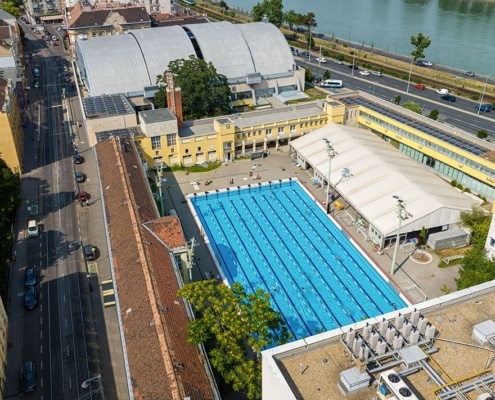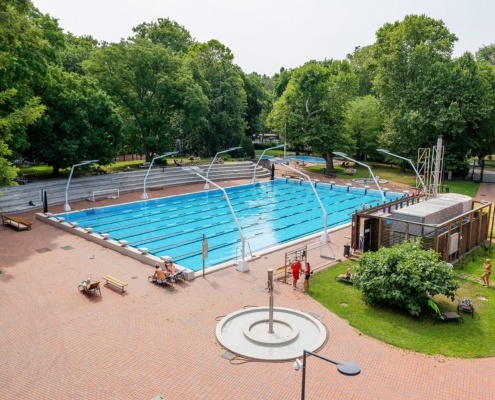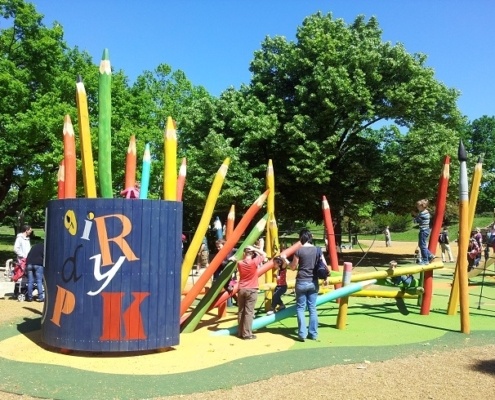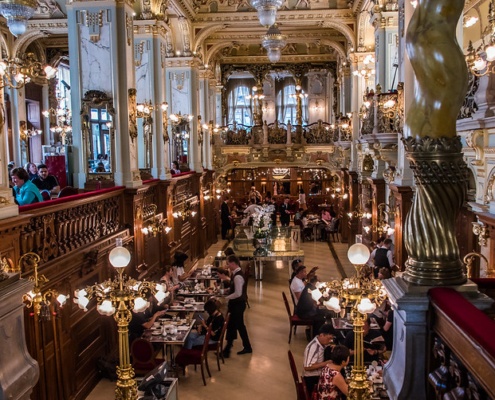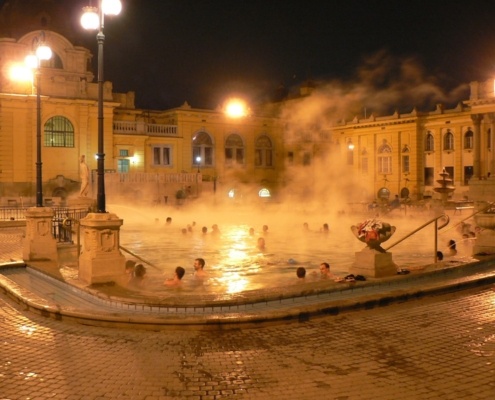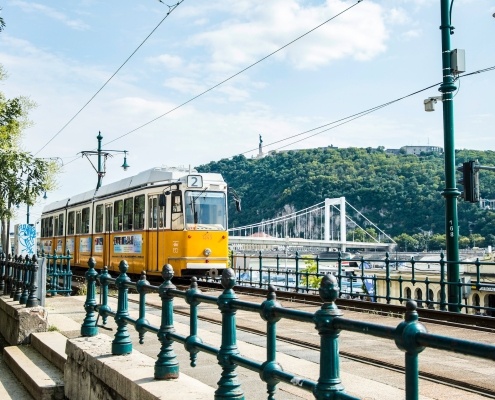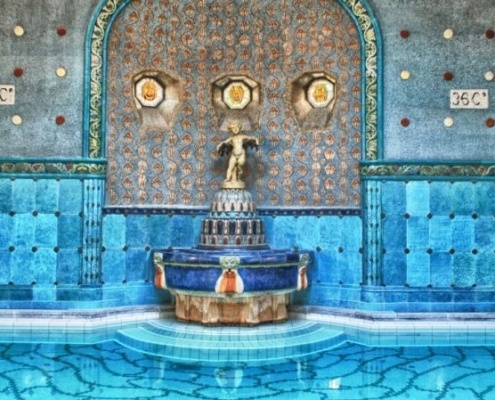Budapest Summer Weather Tips: Beat the July Heat
Budapest Summer Weather Tips: What to Do in Case of Sunstroke in Budapest
Budapest, with its sunny summers and charming outdoor attractions, is a delightful city to explore. However, the heat can sometimes catch you off guard, leading to the risk of sunstroke if precautions aren’t taken. Sunstroke, also known as heatstroke, is a serious condition that requires immediate attention. Here’s what you need to know about recognizing, preventing, and handling sunstroke in Budapest:
Recognizing Sunstroke Symptoms
Sunstroke occurs when your body overheats due to prolonged exposure to high temperatures and inadequate hydration. The symptoms can escalate quickly and include:
- Throbbing headache
- Dizziness or light-headedness
- Red, hot, and dry skin
- Muscle weakness or cramps
- Nausea and vomiting
- Rapid heartbeat
- Confusion or unconsciousness
If you or someone around you experiences these symptoms, it’s crucial to act promptly to prevent further complications.
Immediate Steps to Take
- Move to a Cooler Place: When symptoms of sunstroke strike, the first step is to swiftly move out of direct sunlight and seek refuge in a shaded or air-conditioned environment. Budapest offers several options for finding relief from the heat. Shopping malls throughout the city are all equipped with air conditioning, making them ideal places to cool down. You can easily locate these malls near major transportation hubs like the Western and Eastern Railway Stations, as well as at Móricz Zsigmond Körtér and Széll Kálmán tér in Buda.
For a quieter retreat, consider visiting the Inner City Parish Church at Pest end of the white Elisabeth bridge. This historic church is reliably open to visitors and offers a serene atmosphere that’s perfect for resting and recovering from sun exposure. Whether you choose a modern shopping mall or a tranquil church setting, moving to a cooler environment is crucial to managing sunstroke effectively.
- Hydrate: Drink cool water or a sports drink to replenish fluids lost through sweating. There are lots of drinking taps in Budapest. You will definitely find one in every playground. If you wish to buy it in a shop, the blue cap water is the fizzy, the pink cap one is the still water. If you are confused and will forget this information just shake the bottle well and see the bubbles.
- Cool Down: Lower your body temperature by applying cool, wet clothes to your skin or taking a cool shower or bath.
- Rest: Lie down and elevate your legs slightly to improve blood flow to the heart.
Seek Medical Help
- Call Emergency Services: If symptoms persist or worsen, especially if the person becomes unconscious or experiences seizures, call emergency services (112 in Hungary) immediately. Heatstroke can be life-threatening if not treated promptly.
Preventing Sunstroke
- To avoid sunstroke, it’s essential to take proactive measures:
- Stay Hydrated: Ensure you drink plenty of water throughout the day, even if you don’t feel thirsty. Keeping your body hydrated helps regulate temperature and prevent dehydration.
- Limit Sun Exposure: Seek shade during peak sun hours, typically between 10 AM and 4 PM. Wear a wide-brimmed hat, sunglasses, and lightweight, loose-fitting clothing to protect yourself from direct sunlight. Our daily FREE BUDAPEST WALKING TOURS are designed to stop mainly in shaded areas, ensuring a more comfortable experience. Our last daily walking tour meets at 4.30 PM.
- Use Sunscreen: Apply sunscreen with a high SPF (30 or above) generously to all exposed skin areas. Reapply every two hours or after swimming or sweating to maintain effective protection against harmful UV rays. You can buy suncream at any supermarket.
- Know Your Limits: Avoid engaging in strenuous activities during the hottest parts of the day. Pace yourself and take regular breaks in shaded or cool areas to prevent overheating.
- By following these guidelines diligently, you can significantly reduce the risk of sunstroke and enjoy your time exploring Budapest safely under the sun.
After sunstroke
- While a cold beer for lunch or a cocktail at night might sound appealing, if sunstroke hits, resist the temptation for the next day or two, opting instead for a large slice of watermelon or an alcohol-free cocktail! Alcohol accelerates fluid loss. Coffee, cola, and tea should also be avoided as caffeine has similar effects.
- If sunstroke occurs, take advantage of the opportunity to eliminate some of these items permanently. Bed rest is crucial for sunstroke recovery. Darken the room, ventilate, and create a gentle cross-breeze. Silence is beneficial; instead of TV or music, read some light literature. Keep a large jug of lemon water by the bedside to drink regularly!
Budapest Summer Weather Tips: Enjoying Budapest Safely
While exploring Budapest, remember to balance your outdoor adventures with proper precautions against the sun’s intensity. Public taps are your best friends at this time of the year, they are good for cooling yourself a little bit and they are also perfectly drinkable. If you feel like you can’t handle the heat anymore the bathhouses are perfect solutions as well, it might seem strange to dive in a warm pool, but believe us the water’s temperature going to be still colder than the air. By staying hydrated, keeping cool, and knowing the signs of sunstroke, you can ensure a safe and enjoyable visit to this beautiful city.

